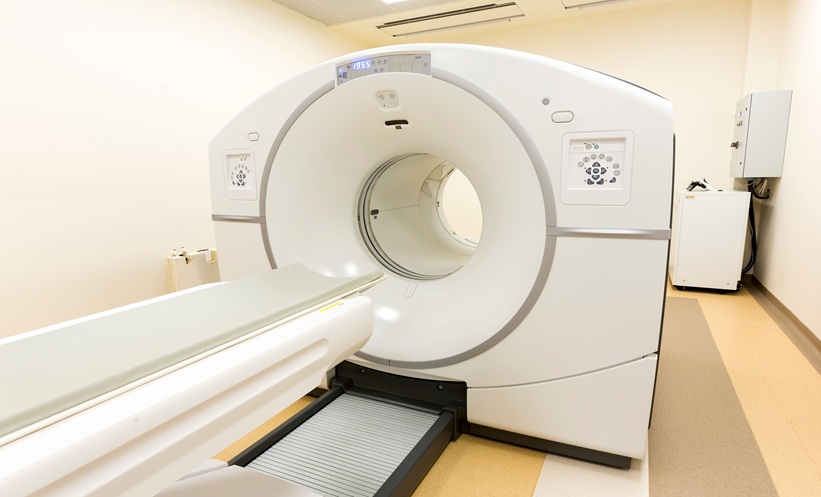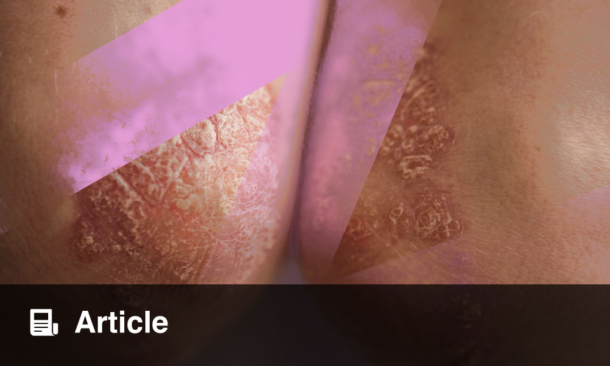RADIOLOGIC imaging in high-risk cutaneous squamous cell carcinoma (cSCC) has proven more valuable than previously recognized, uncovering unexpected findings in nearly half of patients and prompting significant changes in treatment, according to a major retrospective study.
In a 25-year cohort analysis conducted at the Cleveland Clinic, researchers evaluated 394 patients with high-risk invasive cSCC tumors, defined as Brigham and Women’s Hospital (BWH) stage T2a high, T2b, T3, or recurrent tumors. Among these, 138 underwent radiologic imaging while 256 did not, offering a rare comparison of imaging’s impact on disease assessment and treatment planning.
The study found that imaged tumors were more often located on the head, neck, or trunk, showed moderate to poor differentiation, and displayed features like larger diameter, deeper invasion beyond fat, and perineural involvement, all statistically significant indicators of aggressive disease (p<0.001). Crucially, unexpected findings emerged in 49% of imaged cases. Local invasion beyond what clinical evaluation suggested was identified in 23% of cases, while 18% revealed nodal metastasis. These findings led to changes in clinical management in 47% of imaged patients—most often requiring a revised surgical approach, demonstrating imaging’s vital role in optimizing outcomes. The research team highlighted that while imaging is not routinely employed in staging high-risk cSCC, its ability to detect subclinical spread and guide surgical decisions argues strongly for broader use in this subset. The study emphasizes the importance of imaging both the primary tumor site and regional nodal basins. While limited by its retrospective, single-institution design, the study makes a compelling case for reconsidering current protocols that often omit imaging in early management. For U.S. clinicians and dermatologic oncologists, the findings spotlight a valuable diagnostic tool that could refine treatment pathways and potentially improve patient outcomes in one of the most common, and occasionally aggressive, nonmelanoma skin cancers. As high-risk cSCC continues to rise in incidence, this study underscores the need for strategic imaging to uncover what the naked eye, and even clinical examination, may miss. Reference: Wei AH et al. Radiologic Imaging Aids Management of High-risk Cutaneous Squamous Cell Carcinoma: A Retrospective Cohort Study. JAAD. 2025:S0190-9622(25)00622-X.








